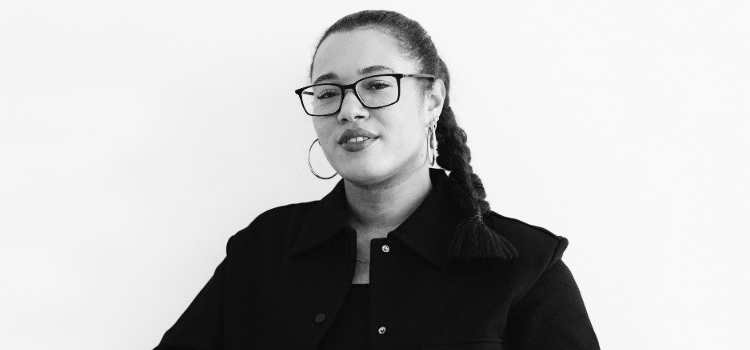WAN Awards judge Remi Connolly Townsend on creating buildings for London’s lost spaces
The architect reveals how her struggle to find an affordable place to live in London led her to discovering a design flair for filling in the gaps and what her latest project, a grand family home showcasing local craftsmanship in Ghana, has taught her about designing for context.
